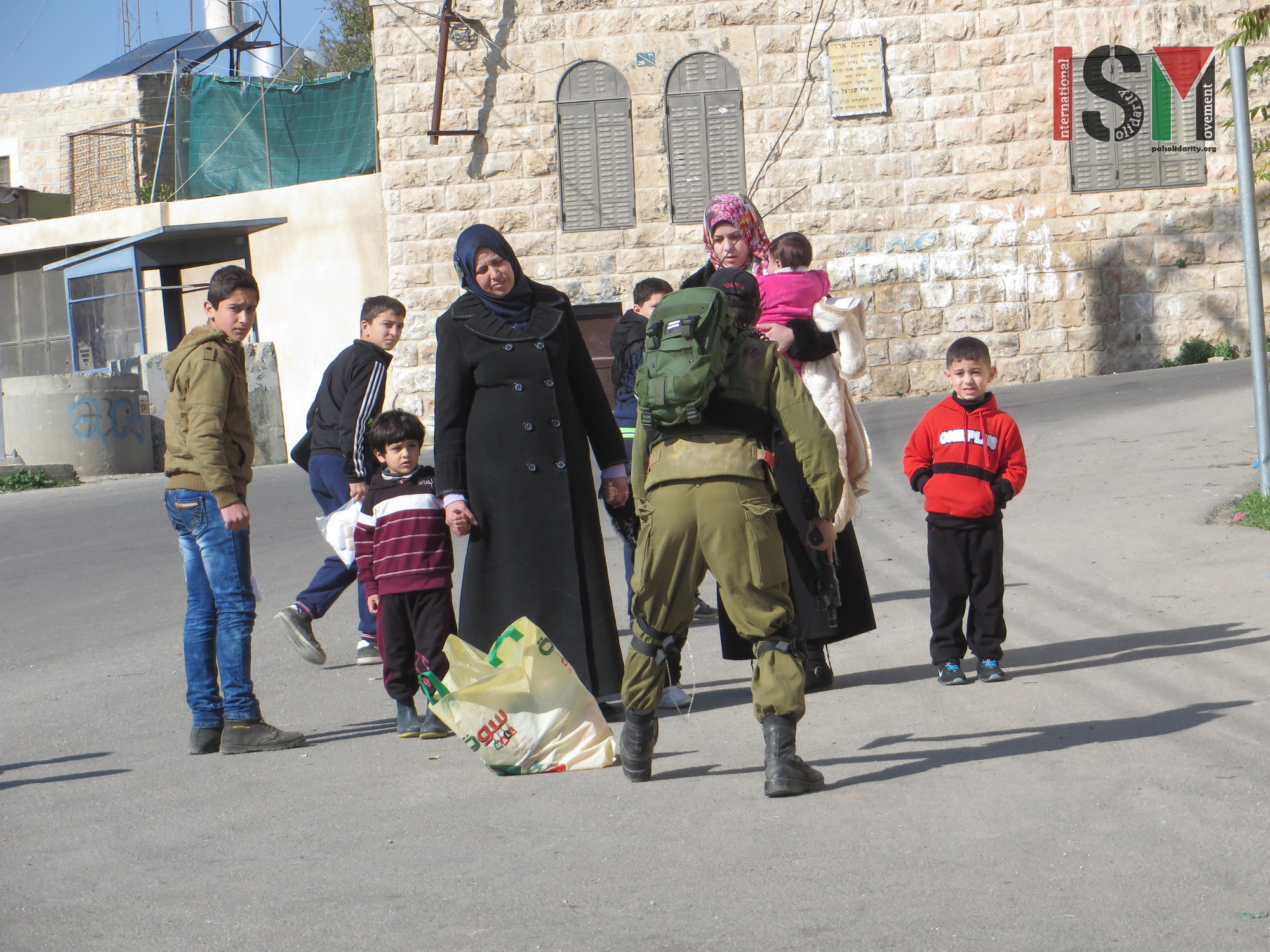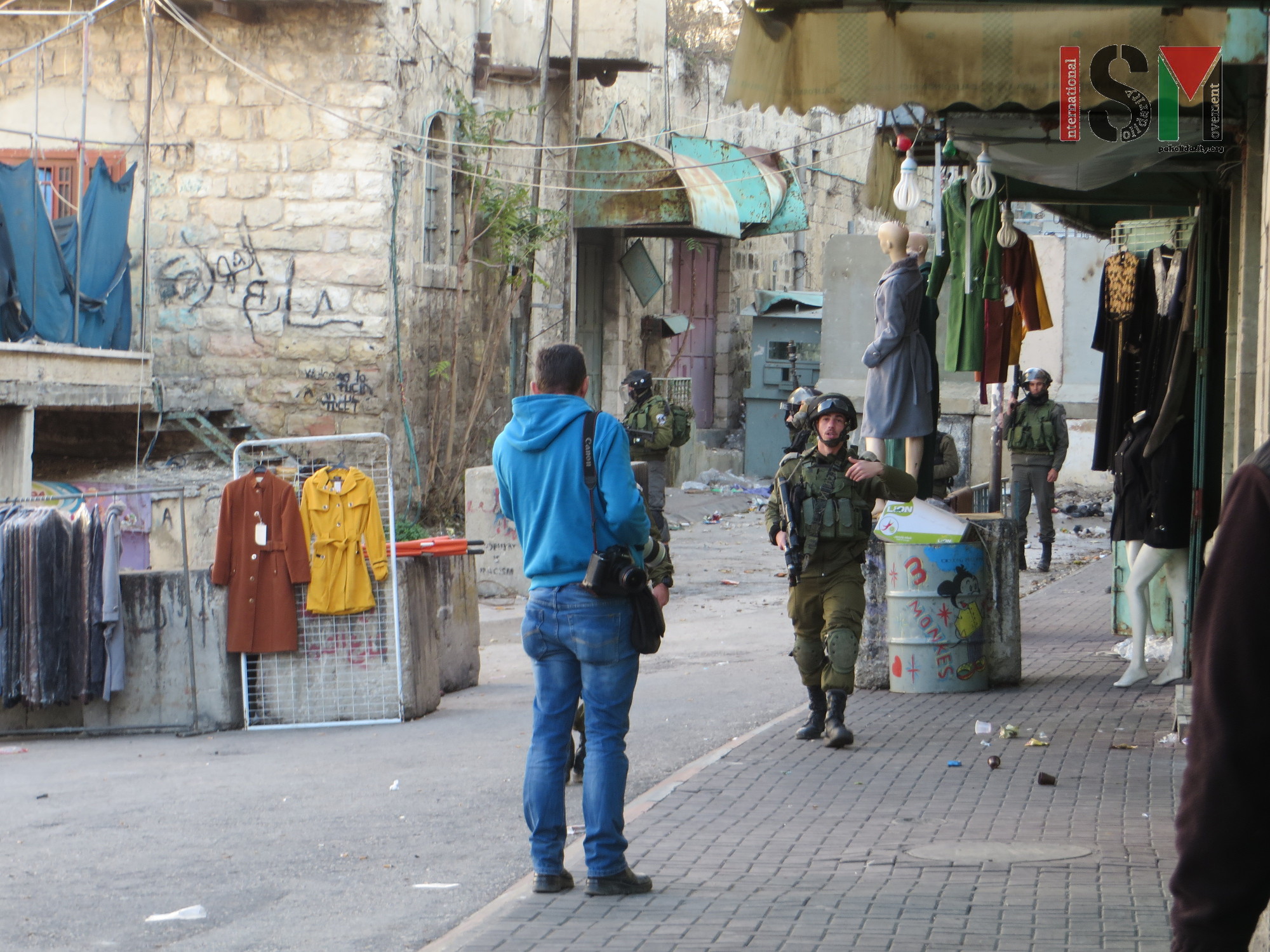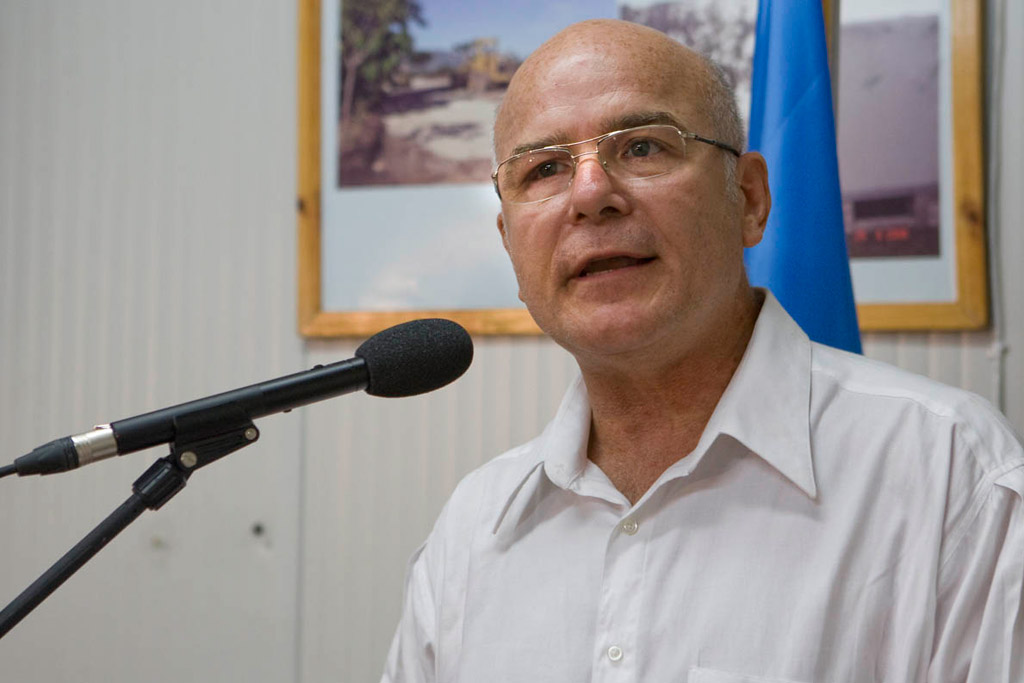Category: Features
-
Yet another day of body searches and intimidation in Hebron
21st December, 2015 | International Solidarity Movement, al Khalil team | Al Khalil, occupied Palestine Children and teachers of Ziad Jaber elementary school in occupied al-Khalil (Hebron) are daily subjected to body searches and intimidation by armed Israeli soldiers at checkpoints, as they walk to school. International ISM activists monitored a checkpoint right in front…
-
Israeli forces injure 3 Palestinians before shooting tear gas at bypassers in the market of Hebron
December 20th, 2015 | International Solidarity Movement, al Khalil team | Al Khalil, occupied Palestine Sunday, 20th December 2015, Israeli forces shot and injured three Palestinians at Shuhada checkpoint in occupied al-Khalil (Hebron), before arbitrarily firing towards civilians and journalists in the area. Israeli forces shot a girl in the head with live ammunition. A…
-
UN : “Stop unacceptable harassment of human rights defenders in occupied Palestinian Territory”
December 18th, 2015 | UN Press release | al Khalil, Occupied Palestine GENEVA – United Nations independent experts today expressed grave concerns at continued reports that human rights defenders are being subjected to physical attacks, harassment, arrest and detention, and death threats, particularly in Hebron in the Occupied Palestinian Territory (OPT), in an apparent bid…



